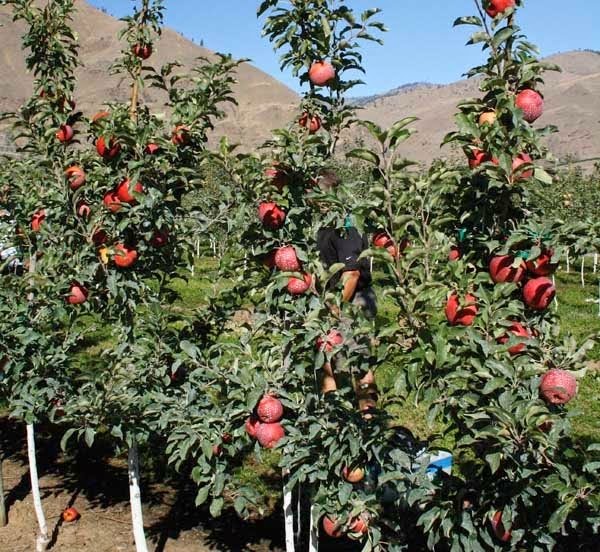Love and Treasure by Ayelet Waldman
In 1945 American soldiers discover a train near Salzburg filled with unspeakable riches.
Meet the Author
Again, from the unimpeachable found of all wisdom, Wikipedia, cut and pasted for your convenience:
Born December 11, 1964, is an Israeli American novelist and essayist. She has written seven mystery novels in the series The Mommy-Track Mysteries and three other novels. She has also written autobiographical essays about motherhood. Waldman spent three years working as a federal public defender and her fiction draws on her experience as a lawyer.
Waldman's grandparents on both sides immigrated to North America from Ukraine early in the 20th century. Her father, Leonard, was from Montreal, Canada, but was living in Israel when he met her mother, Ricki. After they married, they moved to Jerusalem, where Waldman was born. After the Six-Day War in 1967, her family moved to Montreal, then Rhode Island, finally settling in Ridgewood, New Jersey when Waldman was in sixth grade. Waldman attended Wesleyan University, where she studied psychology and government and studied in Israel in her junior year, graduating in 1986. She returned to Israel after college, to live on a kibbutz, but found it unsatisfying. Waldman then entered Harvard Law School. She graduated with a J.D. in 1991.
After graduating from law school, Waldman clerked for a federal judge, worked in a large corporate law firm in New York for a year, and then moved to California with Chabon, where she became a criminal defense lawyer. Waldman was a federal public defender for three years in the Central District of California. Chabon mentioned on their first date that it was his intention to care for his children so his wife could pursue her career, which he did after the birth of their first and second children. After the birth of her first child, she tried juggling legal work with mothering, then left her job to be with her husband and child. This was short-lived.
Waldman was an adjunct professor at the Boalt Hall School of Law at the University of California, Berkeley from 1997 to 2003. She also worked as a consultant to the Drug Policy Alliance, a resource center advocating a drug policy based on harm reduction. Waldman has said she will not be returning to the legal profession. In her fiction Waldman has drawn extensively on her legal experience.
Waldman has been married to author Michael Chabon since 1993.The couple work from the same office in the backyard of their home. They edit each other's work, and offer each other advice on writing, sometimes going on "plot walks" to discuss issues. Waldman and Chabon live in a 1907 Craftsman house in the Elmwood district of Berkeley, California, with their four children. (Note that the Readers Roundtable read and discussed Michael Chabon's book, Telegraph Avenue, in June of 2014.)
Waldman was raised in a Jewish family, attended Hebrew school and Jewish summer camps, and lived on a kibbutz in Israel for a year while in the tenth grade. She has said that her parents were atheists, but very Jewish, and that her "whole life was immersed in Judaism, but in a very specific kind of Labor–Zionist Judaism." Despite this, she did not celebrate becoming a Bat Mitzvah.Many characters in her fiction are Jewish, and her novel, Love and Treasure, is about the Holocaust. Waldman has written several times about her 2002 diagnosis of bipolar disorder, an illness that runs in her family, and has spoken publicly about parenting while having a mental illness.
The Hungarian Gold Train
From the official site detailing the Hungarian Gold Train settlement: "The Hungarian Gold Train was a train of approximately 24 freight cars that contained personal property which was taken, seized, confiscated or stolen by the Hungarian government from Hungarian Jews. The personal property in issue was taken into custody by the United States Army on or about May 11, 1945 near Werfen, Austria and later moved to Salzburg, Austria."
 |
| Salzburg, Austria |

















































